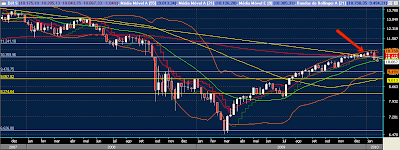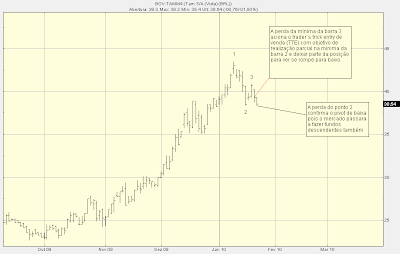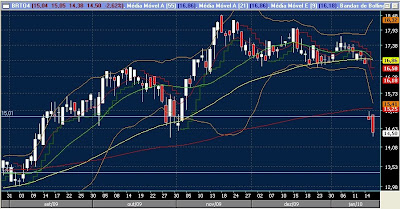Last week's breakdown led me to believe that a medium-term correction was just beginning. So far this week that opinion has been reinforced by market action. For example, as of last Friday, short-term indicators were very oversold, and a technical bounce was to be expected; however, the market instead has drifted lower, causing me to assume that the oversold condition is being cleared by a decelerated decline rather than a reaction rally. This is bearish behavior, but there is no technical reason to believe that it is announcing a new bear market, only that bullish behavior will be in abeyance while prices work through the correction.

The weekly-based chart of the S&P 500 shows that the PMO is very overbought and has crossed down through its 10-EMA. It could take a few months to clear this condition by bringing the PMO back to the zero line.

Bottom Line: I would like to see this correction continue for a few months. Keep in mind that corrections in bull markets do not have to be straight down affairs, rather there can be extended movement to the side and slightly down that serves the purpose of getting internals set for another advance without causing too much price damage.
The most obvious immediate support is around 1030, followed by a series of previous lows going down to 980, which would be the worst case if this correction is to remain in the "mild-to-moderate" category. If prices eventually drop to the area of the support at 870, that would be severe enough to start questioning our bull market thesis.
In the meantime, if prices continue lower, our timing models will start switching from buy to neutral. This could begin as soon as next week.



















































